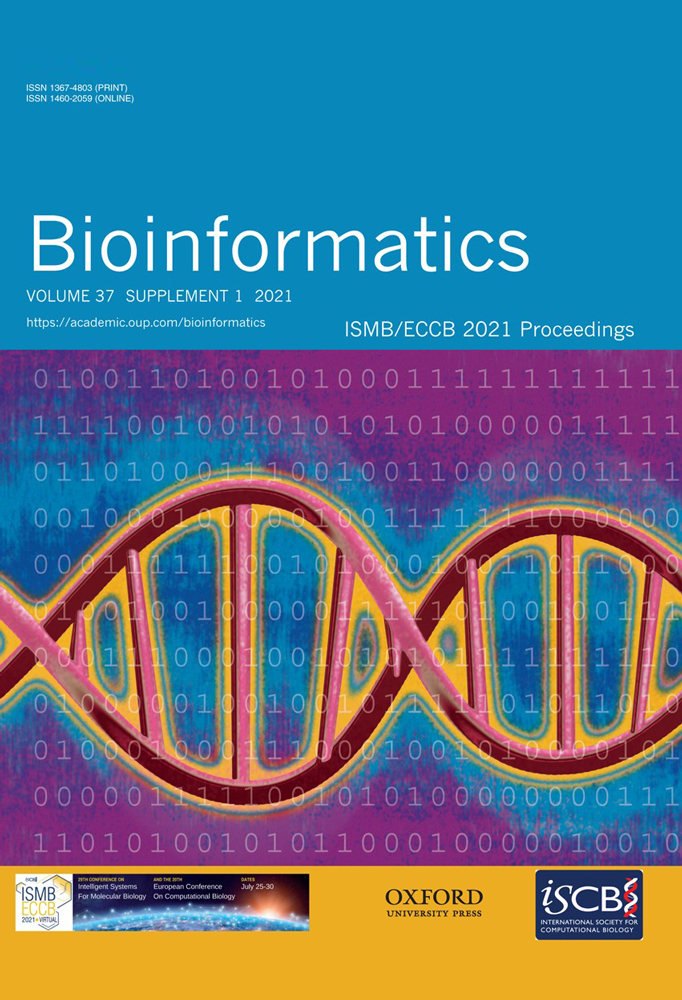Bioinformatics. 2021 Jul 12;37(Suppl_1):i401-i409. doi: 10.1093/bioinformatics/btab297.
Julien Martinelli 1 2, Sandrine Dulong 3, Xiao-Mei Li 3, Michèle Teboul 4, Sylvain Soliman 2, Francis Lévi 3 5, François Fages 2, Annabelle Ballesta 1
Affiliations
1 INSERM UMR-S 900, Institut Curie, MINES ParisTech CBIO, PSL Research University, 92210 Saint-Cloud, France.
2 Lifeware Group, Inria Saclay Ile-de-France, Palaiseau 91120, France.
3 UPR “Chronotherapy, Cancers and Transplantation”, Paris-Saclay University, Faculty of Medicine Kremlin Bicêtre, Le Kremlin Bicêtre, 94270, France.
4 Côte d’Azur University, CNRS, INSERM, iBV, Nice 06000, France.
5 Hepato-Biliary Center, Paul-Brousse Hospital, Assistance Publique-Hôpitaux de Paris, Villejuif 94800, France.
Abstract
Motivation: Personalized medicine aims at providing patient-tailored therapeutics based on multi-type data toward improved treatment outcomes. Chronotherapy that consists in adapting drug administration to the patient’s circadian rhythms may be improved by such approach. Recent clinical studies demonstrated large variability in patients’ circadian coordination and optimal drug timing. Consequently, new eHealth platforms allow the monitoring of circadian biomarkers in individual patients through wearable technologies (rest-activity, body temperature), blood or salivary samples (melatonin, cortisol) and daily questionnaires (food intake, symptoms). A current clinical challenge involves designing a methodology predicting from circadian biomarkers the patient peripheral circadian clocks and associated optimal drug timing. The mammalian circadian timing system being largely conserved between mouse and humans yet with phase opposition, the study was developed using available mouse datasets.
Results: We investigated at the molecular scale the influence of systemic regulators (e.g. temperature, hormones) on peripheral clocks, through a model learning approach involving systems biology models based on ordinary differential equations. Using as prior knowledge our existing circadian clock model, we derived an approximation for the action of systemic regulators on the expression of three core-clock genes: Bmal1, Per2 and Rev-Erbα. These time profiles were then fitted with a population of models, based on linear regression. Best models involved a modulation of either Bmal1 or Per2 transcription most likely by temperature or nutrient exposure cycles. This agreed with biological knowledge on temperature-dependent control of Per2 transcription. The strengths of systemic regulations were found to be significantly different according to mouse sex and genetic background.
PMID: 34252929
DOI: 10.1093/bioinformatics/btab297

